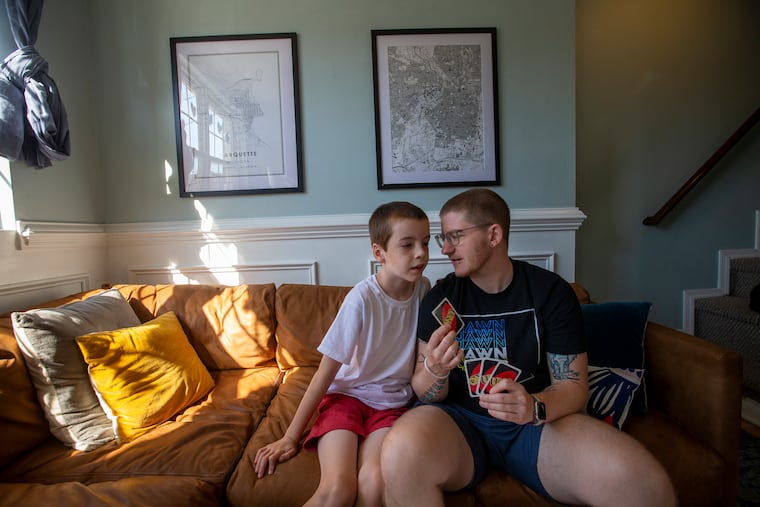What does it mean to ‘mother’ when you’re trans? This man answered with a memoir he wished he’d had.
“This baby helped me know the person I had to become,” Krys Malcolm Belc, 34, writes in an intimate, just-published book, "The Natural Mother of the Child: A Memoir of Nonbinary Parenthood."
